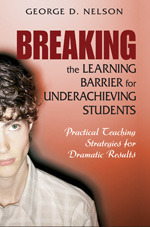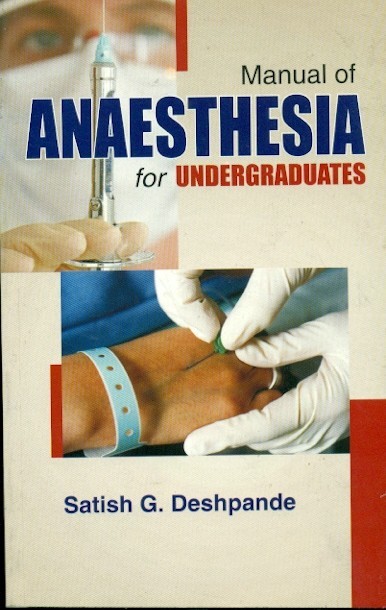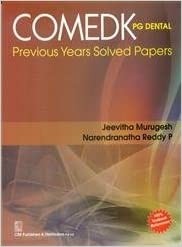Breaking the Learning Barrier for Underachieving Students
no information available
Combining theory and practice, Nelson has developed an innovative way treach the at-risk-or dramatic-learner, improving the learning environment for all other students in the process Using dramatic theory as an extended metaphor, Nelson first provides the reader with a strong theoretical understanding of the particular learning needs of the dramatic learner, and explains why a traditional classroom environment fails tmeet these needs With this foundation in place, Nelson provides practical, classroom-tested strategies and ideas that can be used tmeet the particular teaching and discipline needs of these students Breaking the Learning Barrier for At-Risk Students presents four learning principles: Learning… requires the active involvement of the learner Nothing can be learned without the willing participation and effort of the learner Life without drama is meaningless and uninspiring Learning that is not built upon dramatic elements is alsmeaningless and uninspiring Learning must be value based When teaching takes intaccount the values and preferences of a learner, he or she will be motivated tparticipate Learning must be fun When the first three conditions exist, learning becomes the most rewarding, engaging, and fun activity in life By utilizing the principles of dramatic structure in their course work, teachers will uncover the power of discovery based learning-getting even the most reluctant students actively engaged in the learning process ... Read more Read less











